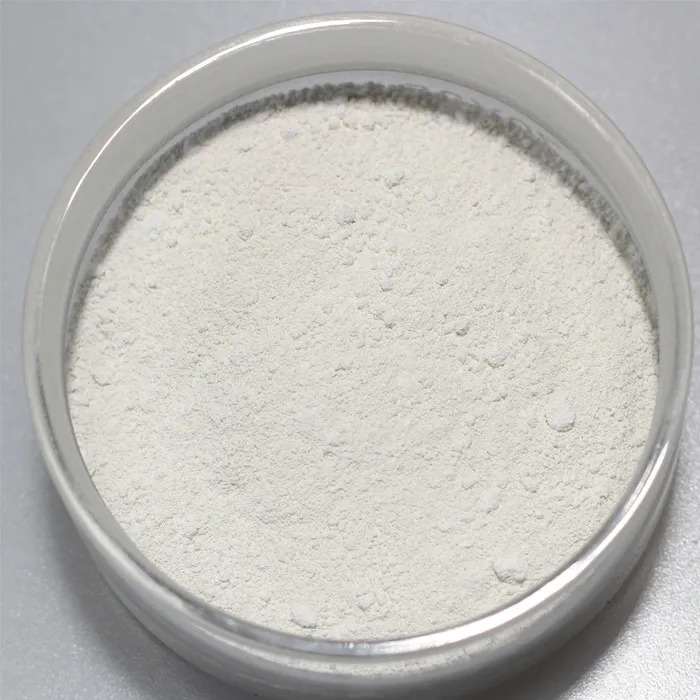Chemicals Used for Purification of Water
Water is essential for life, making its purification a critical process for public health and environmental sustainability. Various chemicals are employed in water treatment facilities to remove contaminants and ensure the water is safe for consumption. Understanding these chemicals and their roles enhances our appreciation of the complexities involved in making water potable.
One of the most commonly used chemicals in water purification is chlorine. Chlorine and its compounds, such as sodium hypochlorite, are powerful disinfectants that eliminate bacteria, viruses, and other pathogens in water. The addition of chlorine effectively reduces the risk of waterborne diseases, which can have severe health implications. However, it is vital to monitor chlorine levels, as excessive amounts can produce harmful byproducts, known as trihalomethanes (THMs), which are potentially carcinogenic.
Another important chemical in the water purification process is coagulant agents, primarily aluminum sulfate, often referred to as alum. Coagulation is crucial for removing suspended particles from water, such as dirt, silt, and organic matter. When alum is added to water, it causes small particles to clump together and form larger aggregates called flocs, which can then be easily removed through sedimentation or filtration. This process significantly improves water clarity and quality.
chemical used for purification of water is

In addition to chlorine and alum, activated carbon is frequently used to enhance water taste and odor. Through a process known as adsorption, activated carbon captures organic compounds, chlorine residues, and other impurities, delivering a cleaner and more palatable drinking water. This process is particularly effective in treating water that contains natural organic matter, which can contribute to undesirable tastes and odors.
Furthermore, ozone is gaining popularity as an alternative disinfectant due to its powerful oxidizing properties. Ozone treatment effectively destroys bacteria and viruses while minimizing the formation of harmful byproducts. However, the equipment and handling requirements for ozone are more complex, which can be a barrier for some treatment facilities.
Lastly, during the final stages of water purification, chemicals such as lime or sodium hydroxide may be added to raise the pH of water, prevent corrosion, and stabilize the water chemistry. Maintaining appropriate pH levels is essential, as overly acidic or alkaline water can damage plumbing systems and impact the safety of the delivered water.
In conclusion, the use of chemicals in water purification is a sophisticated process that combines different agents to achieve safe drinking water. The careful selection and application of these chemicals not only ensure compliance with health standards but also protect public health. Continuous advancements in water treatment technology further enhance our ability to provide clean, safe water, highlighting the critical role these chemicals play in modern society.

